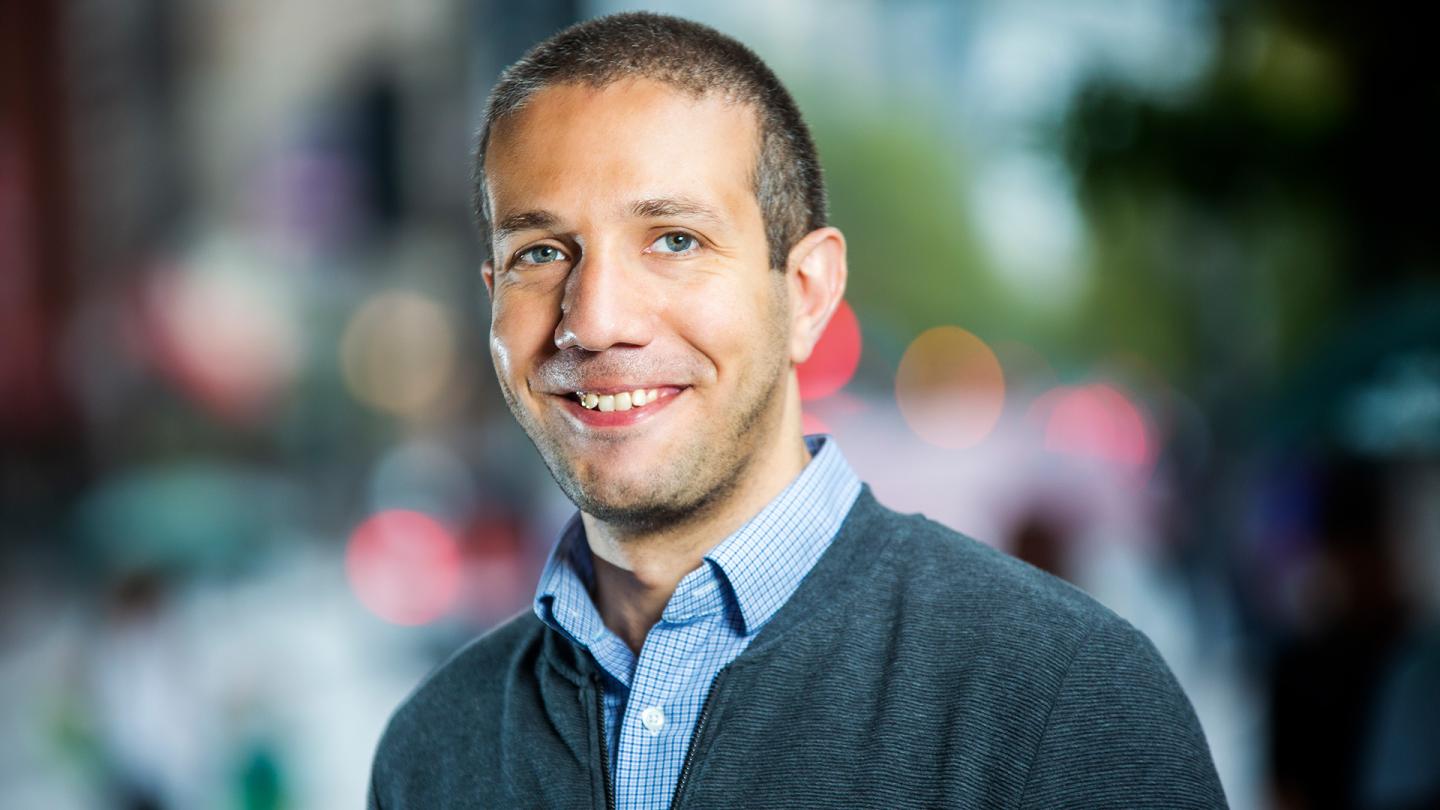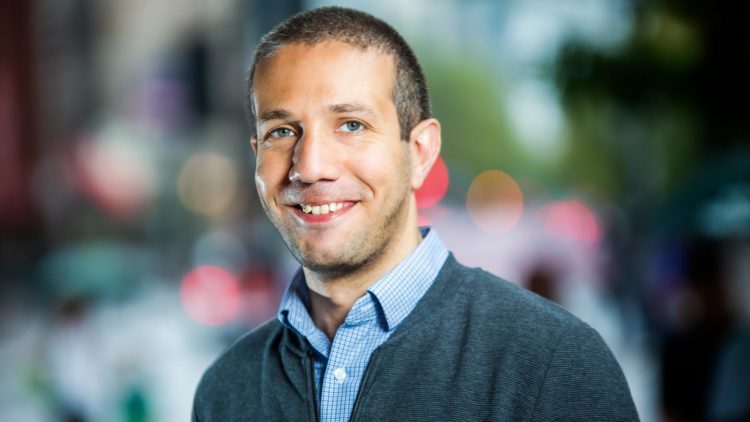Mohamed Ouf believes fully automated structures will revolutionize occupant comfort and energy efficiency

Credit: Concordia University
We often hear the word “smart” applied to everyday objects: smartphones, smart TVs, smart appliances — and now, smart buildings.
The idea of the smart building is still young. There is no accepted definition yet, but one of the best examples that illustrates the concept is occupant-centric control (OCC). This involves using data gathered from occupants, the indoor environment and the outdoor climate to optimize occupant comfort and control and energy efficiency.
The building’s critical functions — lighting, heating, AC, window blinds and so on — would be run by a control system that learns information like room occupancy patterns, light use and temperature adjustment. For buildings with dozens or hundreds of occupants, this can have wide-ranging effects on overall energy costs.
However, while the concept of the smart building is exciting to architects and engineers, it has not yet been widely seen in a real building. There has been research, experimentation and simulations, but overall the implementation of the OCC principle has been unfocussed and inconsistent.
In a new paper published in the journal Building and Environment, Mohamed Ouf looks at case studies in the existing OCC research and assesses the path forward. The paper was co-written with June Young Park at the University of Texas at Austin and colleagues at Carleton University, ETH Zürich and the University of Southern Denmark.
“We scanned the literature for relevant work that has been done on this topic and analyzed its different attributes in detail,” says Ouf, an assistant professor in the Department of Building, Civil and Environmental Engineering at the Gina Cody School of Engineering and Computer Science.
“We realized that very few researchers have been able to actually implement these control approaches in real buildings for many logistical reasons.”
Ouf is also one of six members of Concordia’s new interdisciplinary Smart, Sustainable and Resilient Communities and Cities research team, which aims to come up with solutions to create more sustainable, accessible and inclusive urban spaces. The team, led by Canada Excellence in Research Chair (CERC) Ursula Eicker, is being officially introduced Tuesday, Nov. 12, at Concordia’s 4th Space.
Building up the field’s foundation
As Ouf and his colleagues point out, research in the field of OCC is still relatively scarce. They identified 120 publications on the topic but only 42 studies included field implementation. Most are conceptual studies or simulations. All of them skewed toward North American or European standards and toward academic or office buildings.
The researchers further identified several challenges facing OCC implementation based on their review of the existing research.
The field’s newness means there is still no agreed-upon definition of what the term even means. Does the control approach prioritize occupancy patterns? Or does it focus on occupant behaviour and their interactions with building systems? How much physical control should an occupant have in an automated building? Which metrics — comfort or energy efficiency — are prioritized, if either?
Second, OCC’s reliance on data means serious technological and privacy issues need to be addressed. The current research largely avoids studies of interconnection between different indoor environments, so a whole-building approach, which will be needed as the field advances, will require significant networking and software development. As well, steps must be taken to ensure occupants’ data information is secure.
Given all these avenues of further study, Ouf says he is optimistic about OCC’s future.
“This whole niche of occupant-centric controls is still very new and provides exciting opportunities to combine advancements in data science and artificial intelligence with building engineering,” he says.
“Luckily, I’m currently establishing a lab at Concordia to implement and experiment with OCC in a real building environment. We will have four offices that are heavily instrumentalized with sensors and actuators to analyze occupant comfort and interactions with building systems. We will also develop new control algorithms with the goal of improving energy efficiency as well as comfort.”
###
Media Contact
Patrick Lejtenyi
[email protected]
514-848-2424 x5068
Original Source
https:/
Related Journal Article
http://dx.





